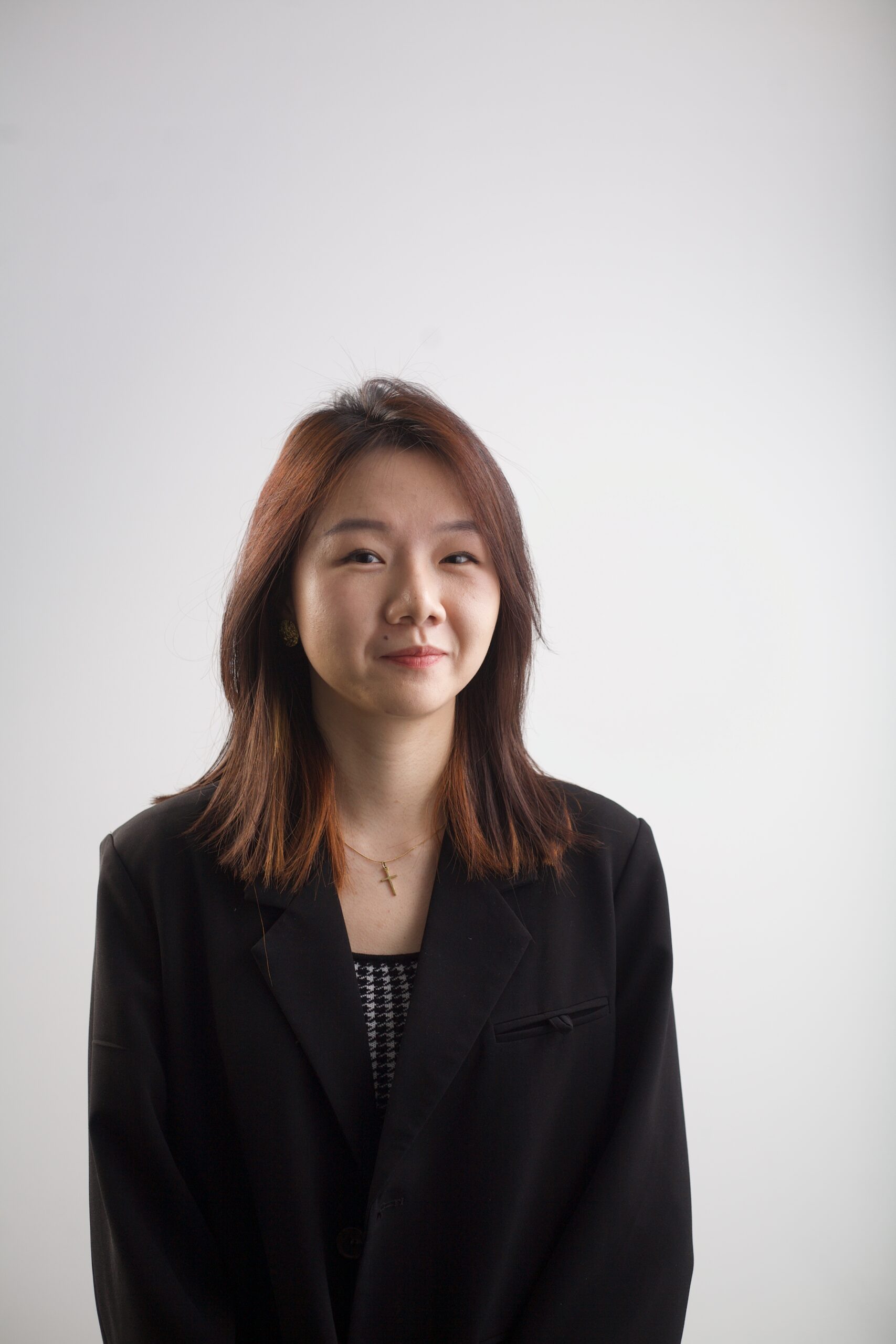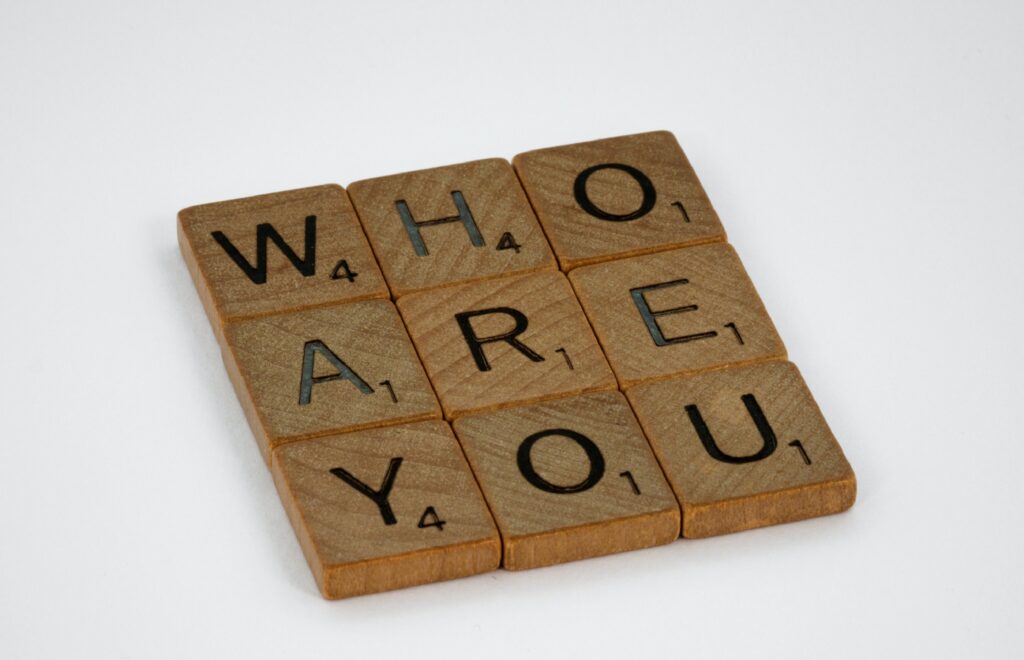Photo by Brett Jordan on Pexels
Who are you? To answer this question, you need to gather all your identities, evaluate them, and decide on their ranking. This ranking can be dynamic. It can change as the surrounding environment and culture change. You could be one person in your home city, yet a completely different person in a country oceans away.
Humans are social animals that are under the influence of our surroundings. How we perceive, think, and behave changes as our identity shifts. Among all identities, gender stands out as it is one of the most fundamental identities people use to build their self-perception. However, gender also ties into many traditional stereotypes and may cause confusion in the current economic and social environment.
Traditional gender stereotypes and gender ideologies are still very present:
Women are caretakers, and men are breadwinners.
Men do not belong in homes, and women are no leaders.
Blue is for boys, and pink is for girls.
Despite multiple attempts to arrest, reconfigure, and transfigure such gender stereotypes, which no longer fit in the current society, such belief continues to influence people’s identity development. From a young age, people start to learn through their observations of the world. An observation of gender-segregated workplaces is an indicator of whether a gender and a certain workplace are a “match”. A simple example would be when a girl aspires to become a pilot – a still very masculine occupation, it is considered a mismatch. In one of my previous intervention projects with the Finnish Aviation Academy, many high school girls, when asked about their impressions of pilots, stated that pilots reminded them of men. Those high school girls also stated that “my gender is my disadvantage if I ever want to become a pilot.” This may be surprising in 2022, yet the lack of women representation in men-dominated occupations, and vice versa, will only strengthen those impressions. The same phenomenon showed up in my other study, where young women and men use very different job resources to buffer job-related stress. For women, parenthood status prevented job burnout; for men, higher income prevented job burnout. For both men and women, fitting their traditional gender roles seems to buffer the impact of work-related stress.
The more you value an identity, the more attention is paid to that dimension of your life. When your identity as “a mother” creates a fit of your social role and actual role, and your identity as “a worker” causes a misfit, whether you pay more attention to the home dimension or the work dimension decides how you experience stress and fulfillment. In this case, focusing on home would lead to less attention paid to the work dimension, and sometimes, less burnout. Our identities interact with our view of the world. Understanding identities, regardless of your own or of others’, thus expands the knowledge of how and why people perceive, think, and behave the way they do.
The line of work we do in the G-Versity network, is in line with the goal of expanding our knowledge of how gender identities influence people’s experiences, how different identities collide, and how people struggle with their identities.
I am a woman. Asian. I am a researcher. Queer. I am a foreigner. Local. And through all of that, I am finally, myself. Through all identities and comprehension of identities, we are able to see ourselves and others, understand our similarities, and embrace our differences.

Being well prepared — A gender-related career setback training (Finland)
